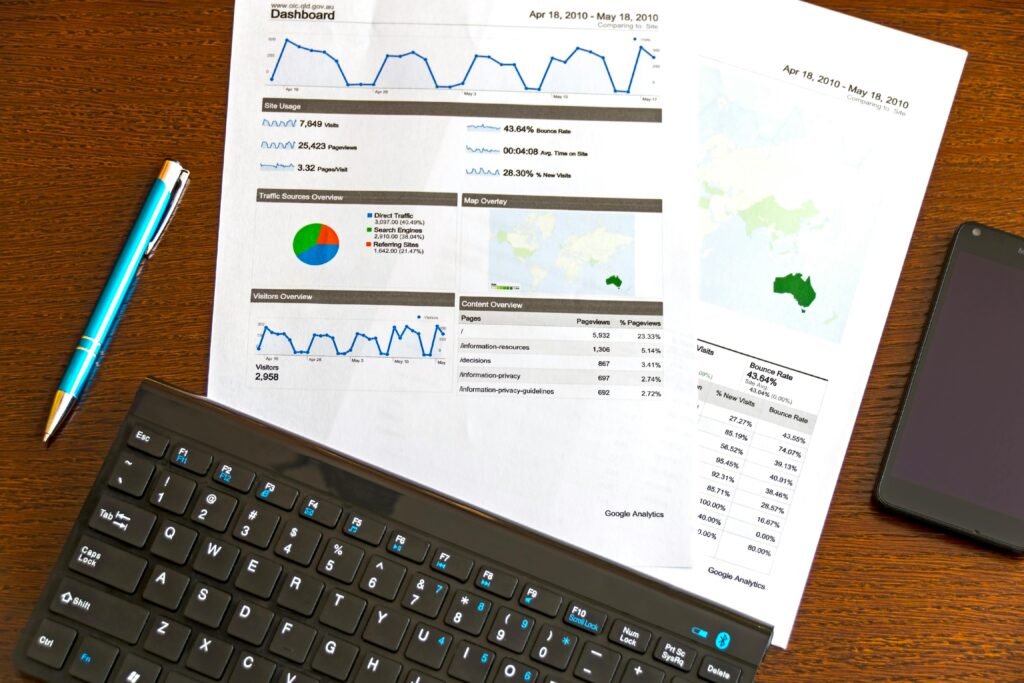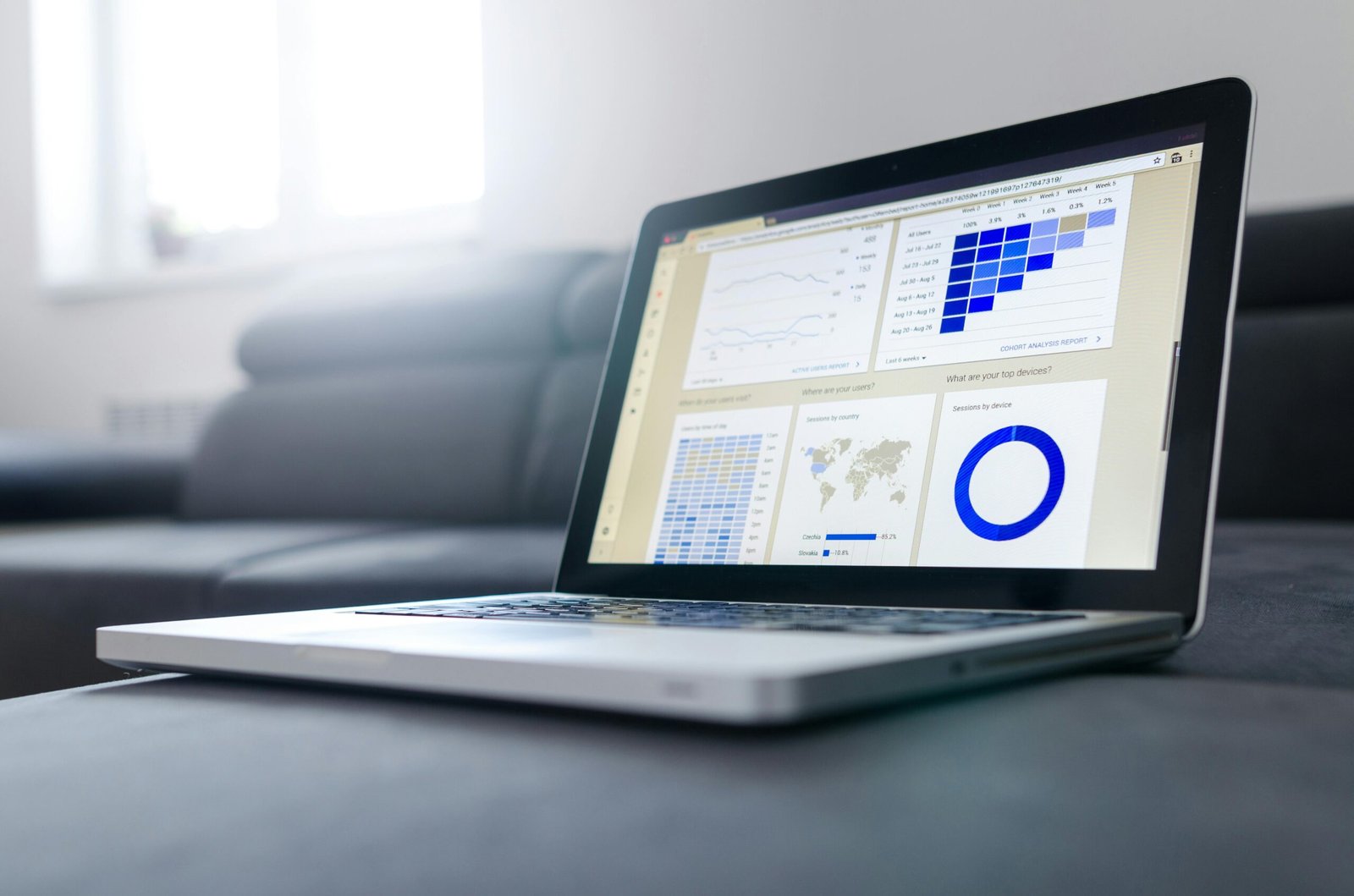Data Science and Data Analytics are fields of demand in today’s world which is driven by data! Staying ahead of the curve is crucial for both aspiring professionals and those already working in the field of data science and analytics, which is rapidly evolving. Being able to upskill and maintain competitiveness has never been simpler thanks to the variety of free artificial intelligence (AI) tools available. This article will walk you through every aspect of using these tools efficiently, while emphasizing on the essential skills you require, and offer a structured approach of mastering them to get and edge in Data Science/Analytics
Essential Skills for Today’s Data Science Marketplace
Before diving into the tools, it’s important to understand the key skills you need to focus on. These skills are required in all roles and walks of world of Data Science:
- Programming Skills: Proficiency in programming languages such as Python and R.
- Data Manipulation and Analysis: Knowledge of libraries like Pandas, NumPy, and tools such as Excel.
- Machine Learning: Understanding algorithms, frameworks (e.g., Scikit-Learn, TensorFlow), and practical applications.
- Data Visualization: Skills in tools like Matplotlib, Seaborn, and Tableau.
- Statistical Analysis: A strong foundation in statistics and probability.
- Big Data Technologies: Familiarity with Hadoop, Spark, and other big data tools.
- Communication Skills: The ability to present data insights effectively.

Free AI Tools for Upskilling
In the quest to become proficient in data science and data analytics, leveraging free AI tools can provide you with a wealth of resources and practical experience. Here are some of the best free AI tools available, each with its unique features and advantages:
1. Google Colab
Google Colab, or Colaboratory, is a free, cloud-based Jupyter notebook environment provided by Google. It allows you to write and execute Python code in your browser, making it an excellent tool for data science and machine learning.
Google Colab is designed to facilitate coding, data analysis, and machine learning experiments without the need for local setup. It comes with pre-installed libraries and free access to GPUs, which are essential for training machine learning models.
Advantages:
- Free GPU Access: Enables faster computation and model training.
- No Setup Required: Start coding immediately without installing anything on your local machine.
- Easy Collaboration: Share notebooks with others and collaborate in real-time.
- Rich Ecosystem: Pre-installed with popular libraries like TensorFlow, Keras, Pandas, and NumPy.
How to Use:
- Sign in with your Google account and go to Google Colab.
- Start a new notebook and select a runtime environment.
- Write and execute Python code directly in the notebook, using libraries for data manipulation, analysis, and visualization.
2. Kaggle
Kaggle is a platform for data science competitions, datasets, and collaboration. It provides a comprehensive environment for data scientists to learn, compete, and share their work.
Kaggle offers an extensive repository of datasets, hands-on challenges, and competitions that allow users to apply their skills to real-world problems. It also features Kaggle Kernels, a cloud-based Jupyter notebook environment for running code.
Advantages:
- Vast Dataset Repository: Access thousands of datasets for practice and projects.
- Competitions: Participate in competitions to solve real-world problems and benchmark your skills.
- Community Engagement: Learn from other data scientists by sharing and discussing solutions.
- Free Computational Resources: Use Kaggle Kernels for coding and model training without any cost.
How to Use:
- Create an account on Kaggle.
- Explore the Datasets section to find data for practice.
- Join competitions to test and hone your skills.
- Utilize Kaggle Kernels to write and run code in the browser.
3. Coursera and edX
Coursera and edX are online learning platforms that offer courses, specializations, and degrees from top universities and companies worldwide. They provide structured learning paths in various fields, including data science and analytics.
These platforms aim to provide high-quality education to learners worldwide, offering both free and paid courses. They cover a wide range of topics, from programming and machine learning to data visualization and big data technologies.
Advantages:
- Access to Top Universities: Learn from courses developed by leading institutions like Stanford, MIT, and Google.
- Flexible Learning: Study at your own pace and fit learning into your schedule.
- Certificates of Completion: Earn certificates to add to your resume or LinkedIn profile (often available for a fee).
- Comprehensive Learning Paths: Follow structured courses that guide you from beginner to advanced levels.
How to Use:
- Sign up on Coursera and edX.
- Enroll in free courses related to data science and analytics.
- Follow the course syllabus, complete assignments, and participate in peer discussions.
4. DataCamp
DataCamp is an interactive learning platform specifically focused on data science and analytics. It offers hands-on coding exercises and projects that allow users to learn by doing.
DataCamp aims to make learning data science engaging and accessible through interactive exercises and real-world projects. It covers topics like Python, R, SQL, machine learning, and data visualization.
Advantages:
- Interactive Exercises: Engage in coding exercises that provide instant feedback.
- Project-Based Learning: Work on real-world projects to build a portfolio of work.
- Gamified Experience: Track your progress and earn badges and certificates.
- Wide Range of Courses: Access courses on various topics, from beginner to advanced levels.
How to Use:
- Sign up for a free account on DataCamp.
- Explore and enroll in free courses in Python, R, and SQL.
- Follow the interactive exercises and complete projects to apply your learning.
5. Tableau Public
Tableau Public is a free version of Tableau, a leading data visualization tool. It allows users to create interactive and shareable visualizations online.
Tableau Public helps users transform data into visual insights, making it easier to understand and communicate data stories. It is widely used for creating dashboards and visual analytics.
Advantages:
- Powerful Visualization Tool: Create detailed and interactive visualizations.
- User-Friendly Interface: Drag-and-drop functionality makes it accessible to beginners.
- Public Sharing: Publish visualizations to Tableau Public’s gallery for feedback and exposure.
- Community Resources: Access a vast library of public visualizations for inspiration.
How to Use:
- Download and install Tableau Public.
- Connect to sample datasets or upload your own data.
- Use drag-and-drop features to create interactive visualizations and dashboards.
- Publish and share your work on Tableau Public’s gallery.
Practical Steps to Mastering Data Science and Data Analytics
Mastering data science and data analytics requires a structured approach to learning and continuous practice. This section offers a thorough road map to assist you in developing the necessary skills, acquiring real-world experience, and applying your knowledge to projects. The following steps will help you position yourself for success in the field of data science by enabling you to gain a solid understanding of the concepts and tools involved.
Step 1: Build a Strong Foundation in Programming
Start with Python, as it’s the most popular language in data science. Use resources like Google Colab, DataCamp, and Coursera to learn Python syntax, data structures, and libraries like Pandas and NumPy.
Step 2: Deep Dive into Data Manipulation and Analysis
Work on projects that require cleaning and manipulating data. Use datasets from Kaggle and practice different data preprocessing techniques. Use Google Colab and Kaggle Kernels to write and execute your code.
Step 3: Learn Machine Learning Algorithms
Take courses on Coursera or edX that focus on machine learning. Use Google Colab to implement algorithms from scratch and understand their working. Participate in Kaggle competitions to apply these algorithms to real-world problems.
Step 4: Master Data Visualization
Use Tableau Public to create stunning visualizations. Complement this with Python libraries like Matplotlib and Seaborn. Practice by visualizing different datasets and trying to tell a story with your data.
Step 5: Understand Big Data Technologies
Familiarize yourself with Hadoop and Spark using free courses on Coursera or edX. Set up a local environment to practice these technologies or use cloud platforms that offer free tiers.
Step 6: Develop Statistical Analysis Skills
Strengthen your statistical knowledge by taking specialized courses. Apply statistical methods to analyze datasets in Google Colab or Kaggle Kernels.
Step 7: Work on Real-World Projects
Apply your skills to real-world problems. Participate in open-source projects, contribute to Kaggle competitions, or find freelance projects. Building a portfolio of diverse projects showcases your ability to apply theoretical knowledge practically.
Step 8: Stay Updated and Network
Follow industry leaders and join data science communities on platforms like LinkedIn, Reddit, and Stack Overflow. Regularly read blogs, attend webinars, and participate in discussions to stay updated with the latest trends and technologies.
In conclusion, by effectively using free AI tools, you can significantly enhance your skills in data science and data analytics. These tools offer practical, hands-on experience that is invaluable in today’s job market. Focus on building a solid foundation in programming, data manipulation, machine learning, and data visualization. Continuously apply your knowledge to real-world projects and stay engaged with the community. Embrace these resources, follow the step-by-step guide, and you’ll be well on your way to mastering data science and landing your dream job in this exciting field.

1 thought on “Free AI Tools to Upskill in Data Science and Data Analytics”
Comments are closed.